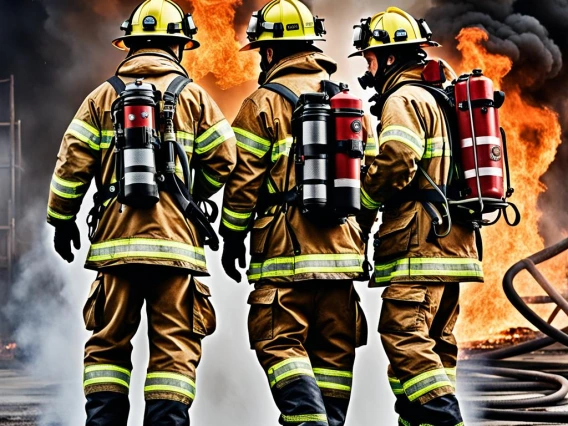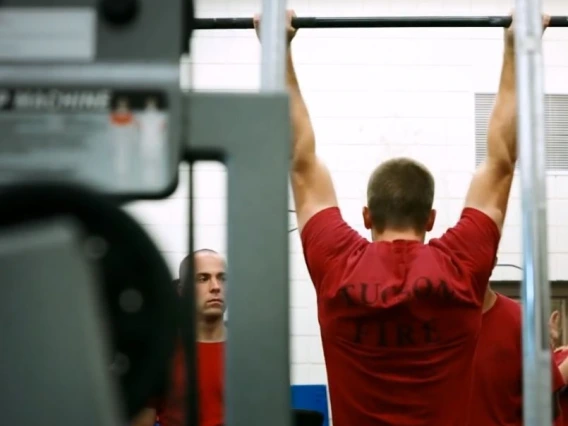What is SPIFi ?
The Strategies to Prevent Injuries among Firefighters (SPIFi) project is a partnership among the University of Arizona (UofA), Johns Hopkins University (JHU) and the Tucson Fire Department (TFD), aiming to introduce a collaborative, bottom-up risk management process for worker health and safety. SPIFi is a 4-year project funded by the National Institute for Occupational Safety and Health (NIOSH).
Firefighters and paramedics are at high risk of injury in part due to strenuous activities performed in dynamic environments. SPIFi aims to implement a risk management process that engages members of the workforce in the identification and reduction of hazards associated with specific tasks. The goal is to reduce the number and severity of injuries among fire service personnel of the TFD with hopes of providing other departments with a model to adopt and adapt.
Workforce Teams
Three workforce teams were created from a cross-section of ranks to identify and address injury risks in one of three areas shown to be most frequently associated with injuries in TFD:
| Risk Management Model | Injury Control Strategies |
|---|---|
|
“Primary responsibility for ensuring health and safety should lie with those who create risks and who work with them” (Le Geun, 1999) SPIFi uses a "bottom-up" approach for identifying safety gaps and developing appropriate interventions, where direct input is required from those the intervention is aimed at supporting. By involving all levels of the workforce, risk management strategies are more likely to meet the needs of TFD personnel and be used during day-to-day operations, helping to reduce injury risk. |
Did you know SPIFi helped reestablish TFD's
|




